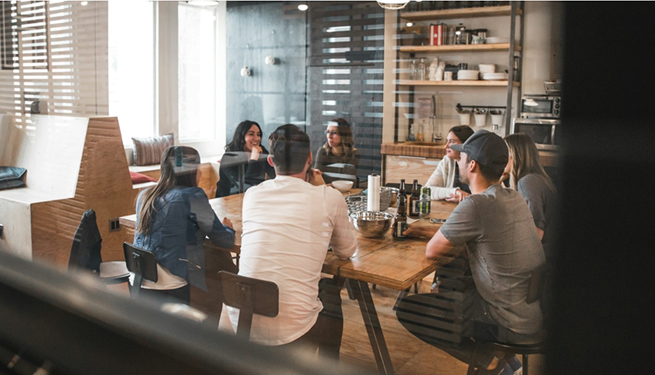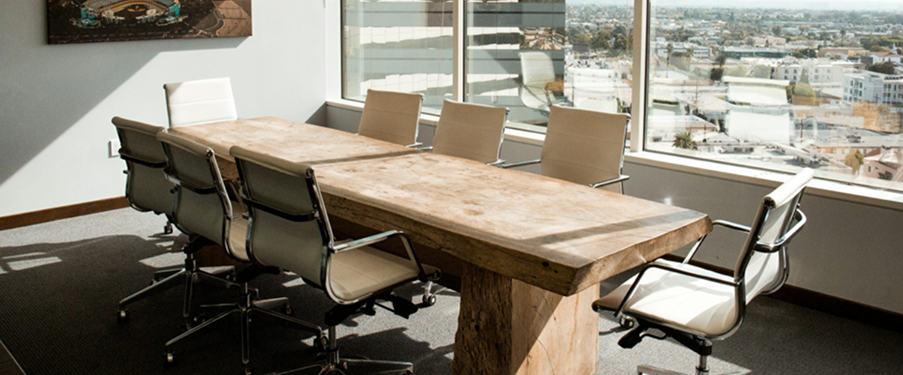Choosing the Right Meeting Table for Your Office
Selecting the right meeting table is more than just a functional decision, It’s not just about finding a piece of furniture that fits, it’s an investment in your office environment. The right table plays a significant role in enhancing productivity, and creating a welcoming atmosphere. Here’s a guide to help you choose the best meeting table for your office.


1. Consider the Size and Space
Before making a decision, assess the space where the meeting table will be placed. Measure the room to ensure the table fits comfortably, leaving enough room for people to move around and for other furniture or equipment. A common mistake is choosing a table that’s either too large or too small for the room. For smaller spaces, consider round or oval tables, as they facilitate better flow and conversation.
2. Seating Capacity
How many people do you need to accommodate regularly? Tables come in various shapes and sizes, and determining the seating capacity is crucial. A good rule of thumb is to allow at least 24-30 inches of space per person. A rectangular table may be ideal for larger groups, while a round table encourages more intimate, equal discussion among smaller teams.
3. Shape Matters
The shape of the meeting table can influence the dynamics of the conversation. Here’s a quick breakdown of common shapes:
- Rectangular Tables: Ideal for larger meetings and formal settings, they allow for clear sightlines and a structured atmosphere.
- Round Tables: Perfect for collaboration and smaller groups, round tables eliminate the “head” of the table, promoting equality and open discussion.
- Oval Tables: A blend of rectangular and round, oval tables allow for a sense of formality without the rigidity of a traditional rectangular setup.
4. Material and Design
The material of your meeting table is not just about aesthetics, but also functionality. Wood tables offer a traditional, professional look and are durable for regular use. For a more modern and sleek appearance, glass and metal tables are an excellent choice, but they may require more maintenance to keep them looking pristine. For a more eco-friendly option, you can opt for sustainable wood or recycled materials.
Additionally, think about the design of the table. It should complement the overall office decor and reflect the brand image you want to project. Choose finishes and colors that align with your office’s tone, whether it’s professional, creative, or casual.
5. Functionality and Features
Think about the table’s functionality. Some meeting tables come with built-in features such as power outlets, USB ports, or cable management systems to keep your meeting spaces organized. For flexibility, consider tables with modular designs that can be rearranged depending on the size of the meeting or the number of participants.
6. Ergonomics
Comfort is key, especially for longer meetings. Consider choosing a table that allows for adjustable seating options, where people can comfortably move around. Ergonomically designed tables with rounded edges, for instance, can provide additional comfort, especially in long meetings. Ensuring that your meeting table is conducive to both comfort and productivity will keep your team focused and engaged.
Conclusion
Investing in the right meeting table can transform how your team collaborates and how your business is perceived by clients and partners. By considering factors like size, shape, material, and functionality, you can create a space that enhances communication, promotes productivity, and reflects the values of your organization. Ultimately, a carefully selected meeting table does more than just fill a space; it helps set the tone for the important conversations that drive your business forward.
